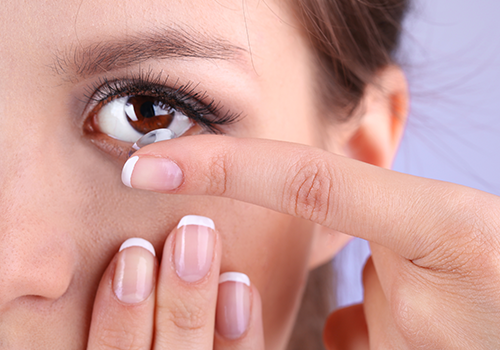
It seems that people have always wished to see clearly without having to depend on spectacles. If you are interested in knowing the history of coloured contact lenses, you need to trace the history of contact lenses in general first.
To begin with, Leonardo Da Vinci is credited with having conceived the first-ever contact lens in his book, “Codex of the Eye”. In his manuscript, he considered the possibility that immersing one’s head in a glass bowl of water could rectify some vision ailments. He went on to create a glass lens with a big funnel on one side to pour water into it. This method proved to be extremely impractical, and later it was realized that it was too far ahead of its time.
However, it was not until 1887 that a German glassblower known as F.E. Muller developed an eye covering that could be worn. Adolf Eugen Fick, a German physiologist created the first wearable contact lens within a year. However, it could only be worn a few hours at a time.
In 1949, the first ‘corneal’ contact lenses were developed, which could be worn sixteen hours at a time. PMMA corneal lenses started causing a stir by the 1960's as people with poor eyesight were able to experience what it was like not to wear spectacles. Unfortunately, PMMA corneal lenses did not allow any oxygen through the lens to the cornea and conjunctiva. ‘RGP’ lenses (rigid gas permeable) were developed as a solution but were quite uncomfortable for those wearing it.
Otto Wichterle, a Czech chemist developed the first soft contact lens, which was approved by the FDA in 1971. This was a game changer and fancied by the general public.
Today, a wide variety of coloured contact lenses are available called Plano, or zero-power contacts. Each colour has its own beauty, and coloured contact lenses make it possible for people to experiment with different looks.
At present, the best contact lenses are comfortable, breathable and durable, and scientists are still on a hunt for new lens improvements. Contact lenses have come a long way, with one having to stick their head in a bowl of water to near-invisible flexible discs of silicone. We cannot wait to see what kind of vision enhancements lie in store for us in the future!